How do you get lice?
Head lice spread quickly and only affect humans. The most common way people get lice is through head-to-head contact. This gives lice a chance to find a new home on someone else, spreading these pests around. There are also plenty of myths about lice that won’t go away—including ways that lice spread. Here are some ways you think you could get lice, but won’t.
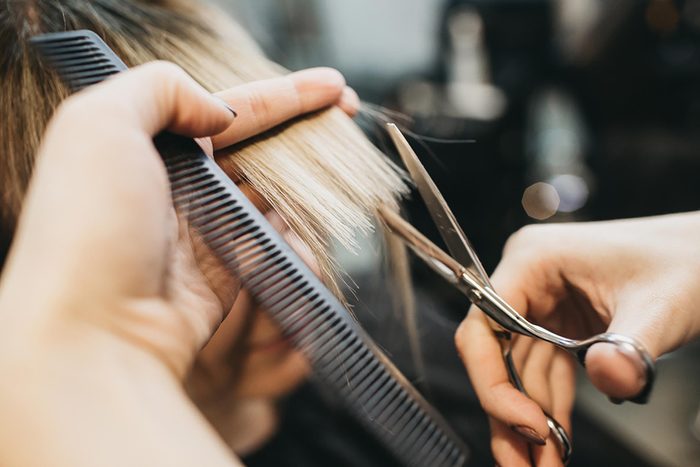
Standing near someone who’s infected
Despite what most of us think, lice can’t jump—they do not have the ability to leap from person to person unless the heads of those individuals are touching. “When direct head-to-head contact with an infected person occurs, however, one is exposed to lice,” says Krista Lauer, MD, Medical Director at Lice Clinics of America. “This direct contact provides the opportunity for head lice to move from one person to another.” This, she explains, is how almost all head lice infestations happen. (Here are 7 clear head lice symptoms.)
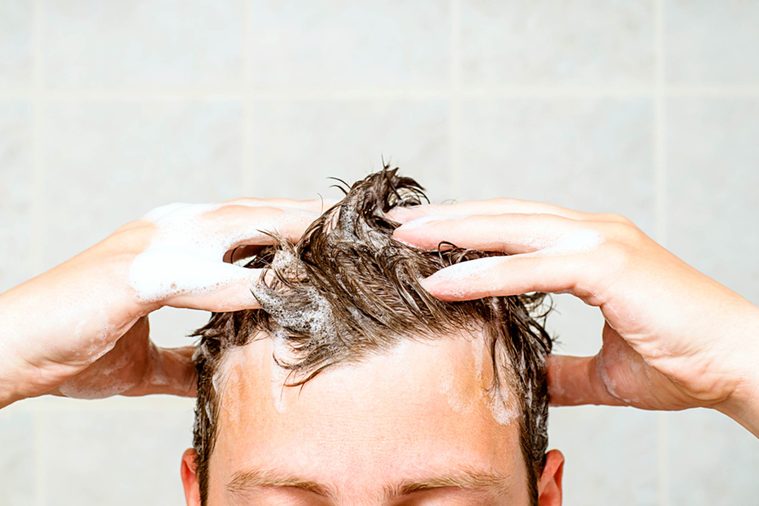
Poor hygiene
Considering the fact that lice are attracted to, and live off of, blood, not dirt or dandruff, anyone with hair is at risk, not just those who haven’t showered in a few days. “In fact, people with greasy hair make it more difficult for the lice to lay eggs on the hair, therefore, dirty hair is actually a deterrent,” says Amy Chinian, owner and founder of My Hair Helpers, a lice removal service. “Squeaky clean hair is a more favorable condition for lice to lay eggs, although it’s worth noting that a person with dirty hair or poor hygiene may be less likely to check for lice, which could lead to the discovery of a greater infestation once lice are found.” Tea tree oil for lice may be a helpful treatment for those affected.
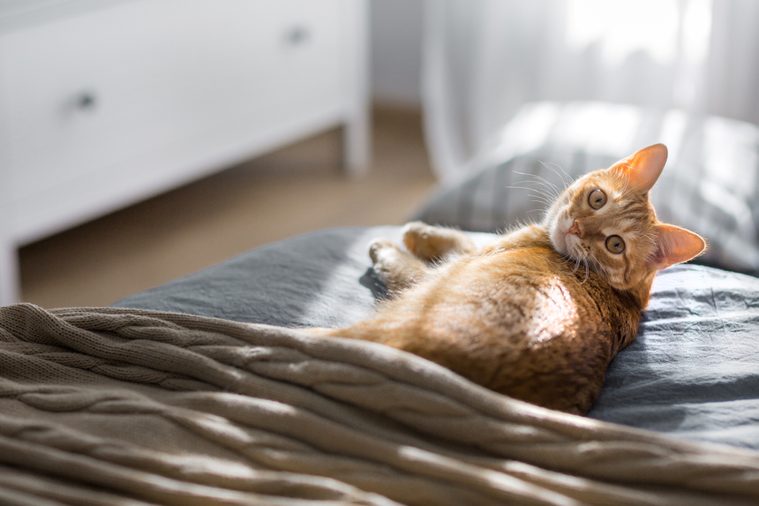
Pets
Put the pet shampoo away (unless it’s been months since Fido’s last bath), as head lice only live on human hair, not animal hair. “Head lice cannot survive on pets because pets’ body temperatures are different than that of humans,” says Chinian. “Pets have their own types of fleas and bugs which have adapted to live on them—they are not interchangeable.” (Give these home remedies for head lice a try.)

School playrooms
While it’s alarming to hear that one of your child’s schoolmates has lice, there’s no reason to keep him home for several days at a time—or even a single day. So long as the infected child is being treated, there’s no concern at all surrounding the concept that the lice can live in the classroom or playroom. “Lice are parasitic bugs that live on the scalp, which means when they’re away from a blood supply, they die quickly,” says Chinian. “Although they can survive between 24-36 hours off the hair, once away from a blood source they have difficulty crawling due to weakness and the structure of their claws.” Here are some suggested products for head lice treatment.

Theater seats
Lice can only survive when feeding off a human source, which means they’re unlikely to cling onto a theater seat much longer than a matinee and evening show. “If a louse leaves your hair, it’s either dead, dying, or it found a new host,” says Chinian. “They’re looking for the perfect host, a new head of hair, not a dry, bloodless theater seat.” The only risk in a theater would be if you’re bumping heads with someone sitting next to you during a show who happens to be infected.

Your house
If you or someone in your home was infested with lice, there’s no reason to spend the time, money, and energy decontaminating every square inch with harsh chemical cleansers. It’s totally unnecessary since lice cannot live longer than 24 to 36 hours off of a human head, explains Dr. Lauer. “No one will become infested because they laid on the carpet or sat on the sofa in a house where someone has head lice.”
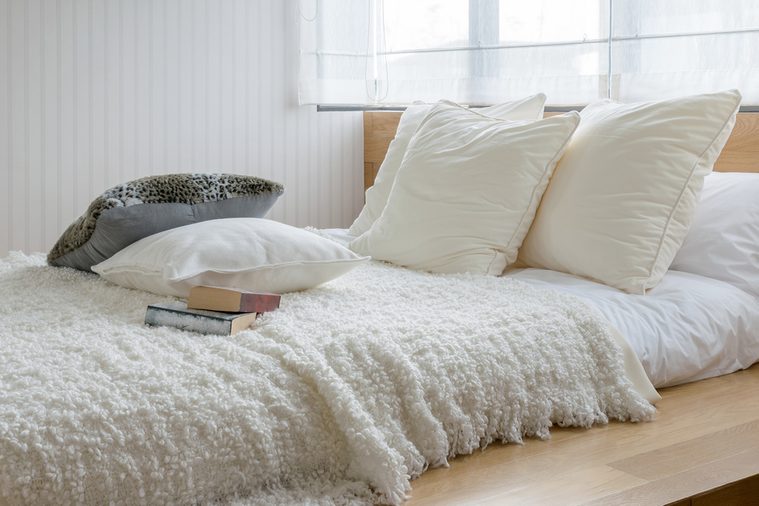
Bedding or pillows
Yes, even the thing you rest your head on for seven to nine hours each night doesn’t require much attention if you or someone you sleep with happens to have been infested with lice. While it is possible to get lice from sharing a bed and pillow with a person who has head lice, this is the result of direct head-to-head contact, not because head lice are able to live on sheets and pillows, explains Dr. Lauer. “While it is not unreasonable to launder sheets and pillowcases, it is very unlikely that a person would become infested this way.”
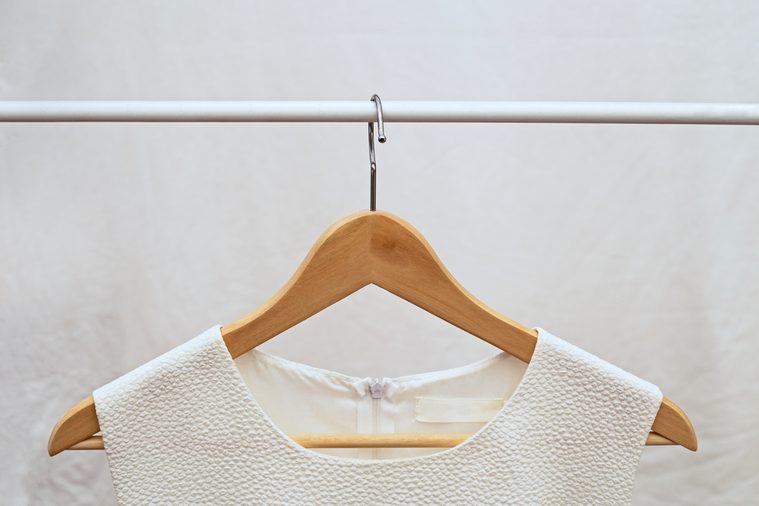
Clothing
Given the short lifespan of lice with no host, they’re usually dead or dying by the time someone else puts on infested clothing. “Head lice are often confused with body lice, which can live longer in clothing or bedding,” says Chinian. “Humans have three types of lice—head lice, crab lice, and body lice—which only exist in their respective places on the body, never anywhere else.”
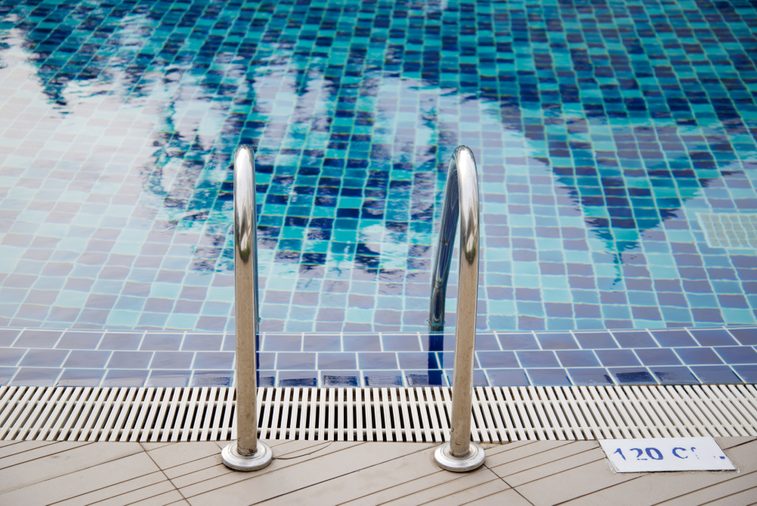
Swimming pools
Surprisingly, lice can survive in water: Chinian explains that they shut down their spiracles (respiratory openings) in order to survive. However, they can’t swim. “Water puts them in survival mode but does not provide the proper conditions for head lice to spread,” she says. “Once hair is wet, it’s difficult for lice to crawl.”
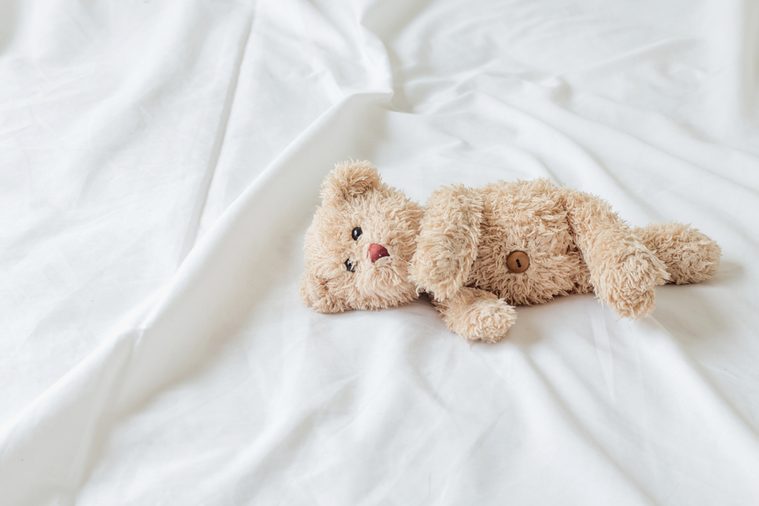
Stuffed animals
There’s no reason to throw out your little one’s favorite stuffed toy because your child had lice—again, they cannot live off the head longer than 24 to 36 hours. “They need to feed every few hours and need the temperature and humidity of the human scalp,” says Dr. Lauer. “Off the head, head lice dehydrate and weaken rapidly and, within hours, they are unable to crawl.”

An airplane seat
There have been reports of families denied boarding or being removed from airplanes due to the fact that their child is suspected to have lice. Not only is this embarrassing, but according to Dr. Lauer, it’s completely unnecessary. “Head lice are adapted to live on the human head, close to the scalp, where they feed regularly, meaning they cannot live off the human head for long periods of time,” she says. “As a result, a louse will not leave the human head willingly, unless it is to crawl directly onto another head—and they cannot hold onto the fabric or leather of an airplane seat.” For these reasons, she says it is virtually impossible for someone to become infested by sitting in a seat previously occupied by a person with head lice. Next, check out these expert tips for how to get rid of head lice.
